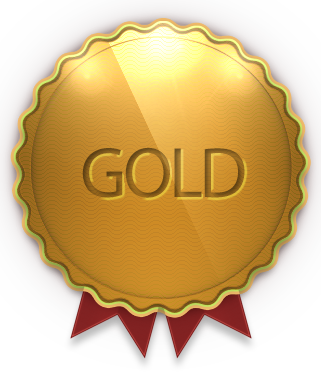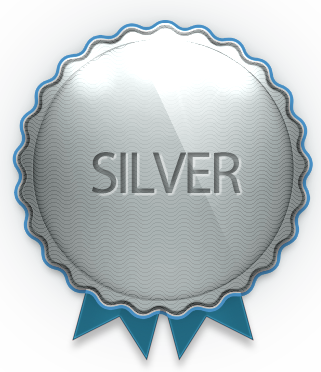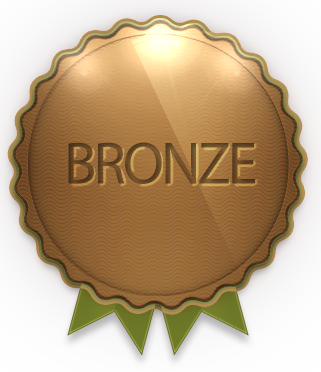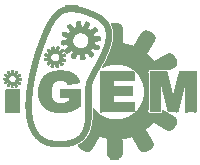Team:UESTC Software/Medals
Medals
Photo From © PEXELS
 GOLD
GOLD
- 1. iGEM projects involve important questions beyond the bench, for example relating to (but not limited to) ethics, sustainability, social justice, safety, security, and intellectual property rights. We refer to these activities as Human Practices in iGEM. Demonstrate how your team has identified, investigated and addressed one or more of these issues in the context of your project.
Sustainability: we believe that this is one of the most important issues for software project. So we start with the following three aspects to address this key task:
- (1) Exchange ideas with insiders;
- (2) Communicate with the people around us;
- (3) Outreach synthetic biology to everyone (Game).
In this process, we found a lot of people are interested in our project and we have set up a communication group. After the game, everyone can join the development and maintenance of software by GitHub.
Social justice: we introduced our project and software to others by meet up, activities, and internet. People, which include teachers, students that are from various countries, developers and so on, communicated with us. They thought our software and game are both amazing, meanwhile gave sound advice to us. Thanks for their recommendations to make our project better.
Security: Our server programs can prevent SQL Injection Attack. Besides, all opening API of server only use GET requests to obtain data. So it is security to server host.
For more details, please see human practice page.
- 2. Address a problem that you would like to co-develop with a wetlab team. This should be a collaboration where the wetlab team posts a problem they are having and your team addresses the issue by creating an online software solution.
The iGEM team SCU_China wanted to study how to reuse the strong SD sequence, and they met two problems: how to find out SD sequence in DNA and analyze the strength of the SD sequence that affects translation issues. Following their collaboration request, we developed an online software based on browser, which is named SD Finder, to address this issue. For more details, please see collaboration page.
-
3. Re-use and further develop a previous iGEM software project (or parts thereof) and demonstrate how future teams can continue this trend through good code documentation, use of open source materials and creation of great instructional materials.
On one hand, in the analysis of metabolic pathway and call of KEGG, we reused the project of two previous team. USTC_Software and Illinois-Tools. Thanks for their work!
On the other hand, all of our data and the source code are open by Github. While, we also prepared complete and detailed document materials. So that future teams can continue this trend smoothly.
-
4. Demonstrate your software at the iGEM Giant Jamboree in the software demo suite. You should show a functional prototype that teams can use in following years. (Contact software AT igem DOT org for information about the software demo suite.)
We have developed a detailed API document. For more details, please see documentation page. We will demonstrate our software at iGEM Giant Jamboree in the software demo suite.
 SILVER
SILVER
- 1. Provide a comprehensive, well-designed User Guide for your software and upload it to your wiki. Be creative! (An instructional video may work as well.)
We have already provide a User Guide with both document and video. For more details, please see User Guide page.
- 2. Develop a well documented library or API for other developers (rather than "only" a stand-alone app for end users.)
All of the core functionality of the software is made into the API documentation, and we have prepared a complete set of documents. For more detail, please see our documentation page.
- 3.Demonstrate that you followed best practices in software development so that other developers can modify, use, and reuse your code. Provide more than one realistic test case. Examples of best practices are automated unit testing and documentation of test coverage, bug tracking facilities, and documentation of releases and changes between releases.
In practice, we followed the following best practices:
(1)we used document generation tools to make the complete software documents;
(2)we used Github to enable the management of codes and version control;
(3)we developed friendly API and detailed documents for developers;
(4)In analysis of metabolic pathway and call of KEGG, we reused the projects of USTC_Software and Illinois-Tools;
(5) we used phpUnit for unit testing.
You can see all of them in our wiki and GitHub. And these works will make other developers modify, use, and reuse our code easily.
 BRONZE
BRONZE
- 1. Register the team, have a great summer, and have fun attending the Jamboree in Boston.
We registered our team in Mar, 2015. In this summer all of our team members develop our software together. We had a good time and learned how to take part in team work. You can see the details in our notebook page. Of course, we will enjoy ourselves at the Jamboree in Boston.
- 2. Complete the Judging Form.
We have completed the Judging Form.
- 3. Create and share a Description of the team’s project using the iGEM wiki.
We have described our team’s project by iGEM wiki.
- 4. Present a poster and a talk at the IGEM Jamboree.
We have designed a wonderful poster so that we can share with others at the IGEM Jamboree.
- 5. Create a page on your team wiki with clear attribution of each aspect of your project. This page must clearly attribute work done by the students and distinguish it from work done by others, including host labs, advisors, instructors, sponsors, professional website designers, artists, and commercial services.
We have described our distribution which includes all of the aspects mentioned clearly in wiki. For more details, please see attribution page.
- 6. Develop and make available, via the IGEM GitHub page, an open source software that supports Synthetic Biology based on Standard Parts or interacts with the Registry.
Our software is open source and can be acquired from GitHub. Besides, our software uses the biobrick belong to category of protein coding sequence in Registry of standard biological parts and also involves biobrick assembly standard. More details, please see design page.
